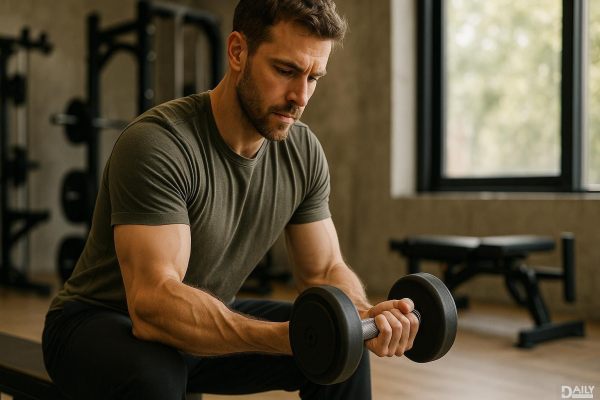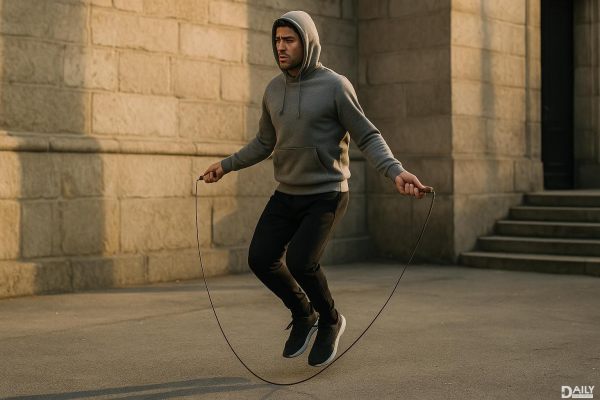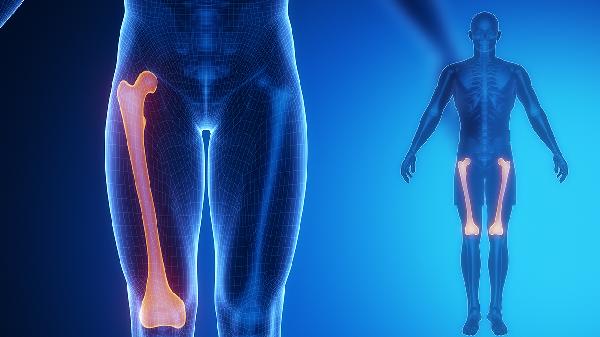If you've been grinding through endless sets of traditional squats and still not seeing the leg gains you're after, it's time to meet your new secret weapon: surrender squats. This underrated variation flips the script on conventional leg training by forcing your muscles to work harder under tension, leading to thicker quads, stronger glutes, and a lower body that looks like it was carved from stone. Unlike standard squats, surrender squats challenge your stability, core strength, and endurance—all while packing on serious muscle. So if you're ready to ditch the plateau and unlock next-level leg development, let's dive into why surrender squats deserve a permanent spot in your leg day lineup.

Surrender squats might look like a quirky variation at first glance, but there's serious biomechanical magic happening here. By starting on your knees and standing up one leg at a time, you're eliminating momentum—the sneaky cheat that lets you coast through traditional squats. This means your quads, glutes, and hamstrings have to work overtime to control every inch of the movement. Research shows that slow, controlled eccentric (lowering) phases—like the descent in surrender squats—create more muscle damage (the good kind) and trigger greater hypertrophy compared to faster repetitions. Plus, the unilateral (one-legged) component corrects muscle imbalances that standard squats might miss, ensuring both legs grow evenly instead of letting your dominant side hog all the work.
Let's be real—unless you're loading up insane weight with perfect form, traditional squats often turn into a half-hearted hip hinge with a questionable depth. Surrender squats eliminate the wiggle room. Since you're starting from a dead stop on the floor, there's no bouncing out of the hole or relying on elastic energy. Every rep demands raw strength from your legs, not just your lower back. And because you're forced to pause at the bottom, your muscles spend more time under tension—the golden rule for growth. Think of it like this: if regular squats are a sprint, surrender squats are a marathon with a weighted vest. Both have value, but one builds endurance and density that translates to freakish leg power.
Execution is everything with this move—mess it up, and you're just kneeling dramatically. Start by holding a dumbbell or kettlebell at chest level (goblet position) or rock a barbell across your back if you're advanced. Kneel on a padded surface, then step one foot forward into a deep lunge position. Drive through your front heel to stand up, keeping your torso upright—no leaning! Once fully standing, reverse the motion with control, returning to your knees. The key? Move like you're underwater: slow and deliberate. Aim for 3-4 sets of 6-8 reps per leg, resting 90 seconds between sets. If you're wobbling like a newborn deer at first, ditch the weight and master the bodyweight version before progressing.
While your quads and glutes will scream mercy, surrender squats secretly recruit muscles most leg exercises ignore. Your hip flexors—chronically tight from sitting all day—get a brutal stretch during the kneeling phase, improving mobility. Your adductors (inner thighs) fire like crazy to stabilize your knees during the ascent. Even your calves and ankles work overtime to maintain balance. And let's not forget the core: resisting rotation as you stand forces your obliques and transverse abdominis to engage harder than during planks. It's like a stealth full-body workout disguised as a leg exercise—efficiency at its finest.
Don't just slap these onto the end of your leg day as an afterthought. For strength, pair them with heavy deadlifts early in your session when you're fresh. For hypertrophy, superset them with Bulgarian split squats for a pump that'll have you walking funny for days. If you're a masochist (or an athlete), try EMOM (every minute on the minute) sets—8 reps per leg at the top of each minute for 5 minutes. Pro tip: alternate surrender squats with mobility work like couch stretches between sets to counteract the kneeling tension. Within 4-6 weeks, you'll notice deeper quad separation and a newfound pop in your glutes that regular squats never delivered.
Surrender squats aren't just another variation—they're a wake-up call for lagging legs. By combining the brutal honesty of unilateral training with the raw tension of paused reps, they expose weaknesses and build resilient, athletic muscle. Sure, they'll humble you at first (expect to feel muscles you forgot existed), but that's how you know they're working. So next leg day, ditch the ego, hit the floor, and surrender to gains you didn't think were possible. Your future self—with legs that turn heads and outlift the gym bros—will thank you.
























